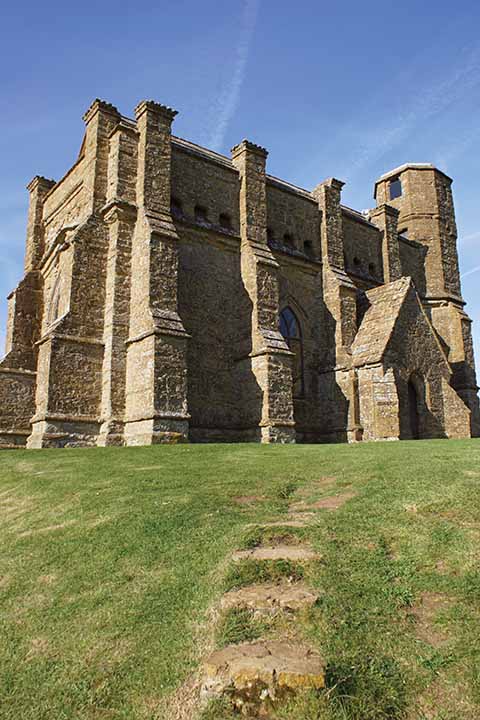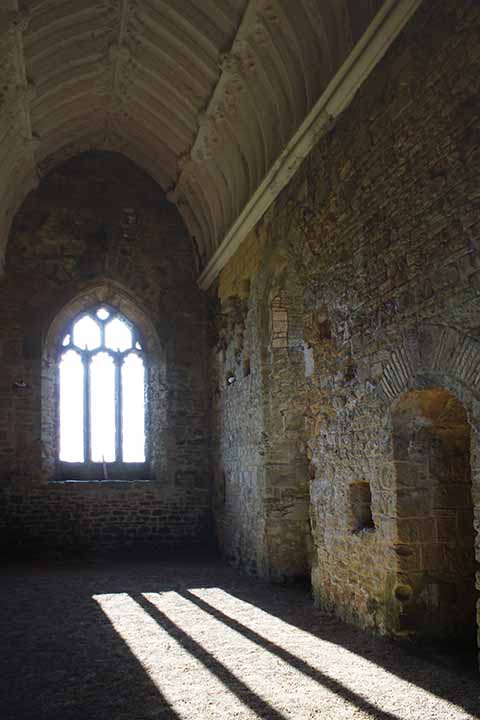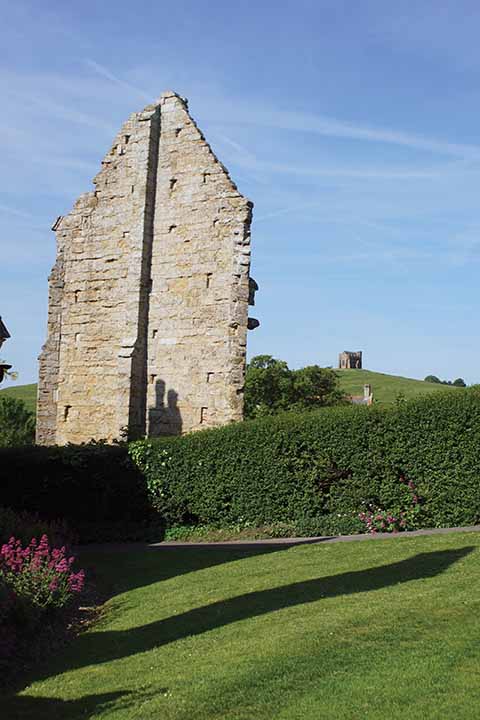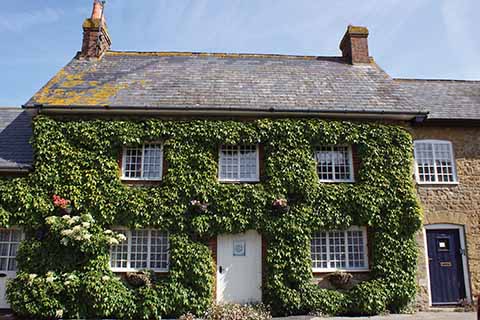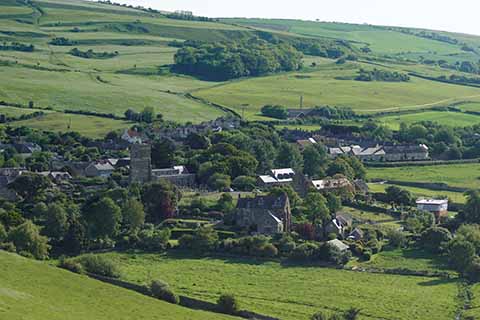Dorset Village – Abbotsbury
Joël Lacey takes his camera to a village whose existence was first recorded 1080 years ago
Published in July ’19
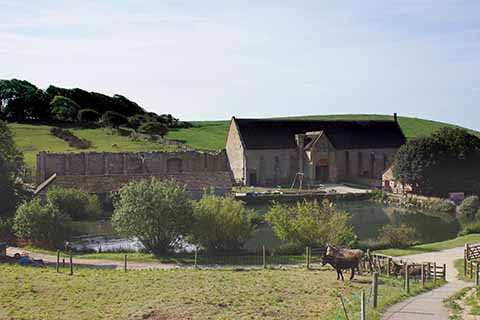
Abbey ruins, the enormous Tithe Barn and the Abbotsbury Children’s Farm viewed from the path down from Abbey House
For a village with just 500 souls, Abbotsbury punches well above its weight for reasons to visit. It is home to the world’s only managed colony of mute swans, it has the UK’s largest thatched tithe barn and it is almost achingly beautiful.
Like Chesil Bank, just under a mile from the village centre, much of the village is owned by Ilchester Estates, which in part explains why the character of the village has not been eroded by inappropriate new development, as that of many other historic Dorset villages has been.
There is a shop with a post office, two pubs, as good a setting for a cricket ground as can be found anywhere in Dorset and a round century of listed buildings, including six Grade I listings.
History surrounds and pervades the village. There is the Iron Age hill fort from c.500 BCE on the ridge above the village, the swannery (which dates from at least 1393) and St Catherine’s Chapel, also 14th-century. The last, when viewed from a lay-by on the B3157, looks like a tiny box; when viewed from halfway up St Catherine’s Hill, it looks enormous, possibly owing to its four-foot-thick walls and sturdy buttresses; yet it once again reverts to being small when you step inside. Until the late 19th century, unmarried young women of the village would pray to Saint Catherine of Alexandria, to whom the chapel is dedicated. Catherine is the patron saint of unmarried girls and the prayer ran as follows:
A husband, St Catherine,
A handsome one, St Catherine,
A rich one, St Catherine,
A nice one, St Catherine,
And soon, St Catherine.
There is a local dialect version of the prayer that adds the following pragmatic final line: ‘Arn-a-one is better than narn-a-one’ – ‘Any one’s better than none’.
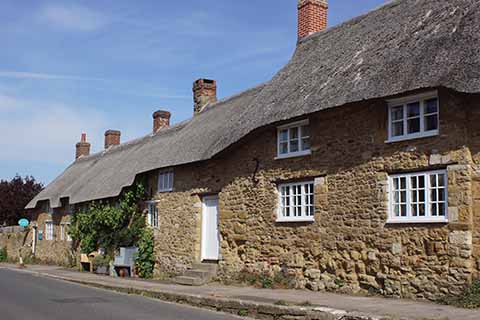
Abbotsbury is full of delightful terraces of local stone-built cottages, with thatched or tiled roofs. It also has a range of shops including arts and antique outlets, places to get food or to eat in and even a choice of two pubs.
In the village itself, the western end was, as were many Dorset towns and villages, ravaged by fire at the beginning of the 18th century. In the 1970s, the estate began a programme of renovation and restoration that won a European Architectural Heritage Year award.
Along with the subtropical gardens, children’s farm and swannery, the village has a large number of retail and craft outlets for such a small place, all combining to make it somewhere one may idle, or be busy, all day. The shops are evidence of the varied occupations of the village’s workers and residents. It is certainly a far cry from when, in a 1754 pamphlet called The Genuine and Impartial Memoirs of Elizabeth Canning…, the following quote appeared: ‘…all the people at Abbotsbury, including even the Vicar, are termed Thieves, Smugglers, and Plunderers of Ship-wrecks…’.
